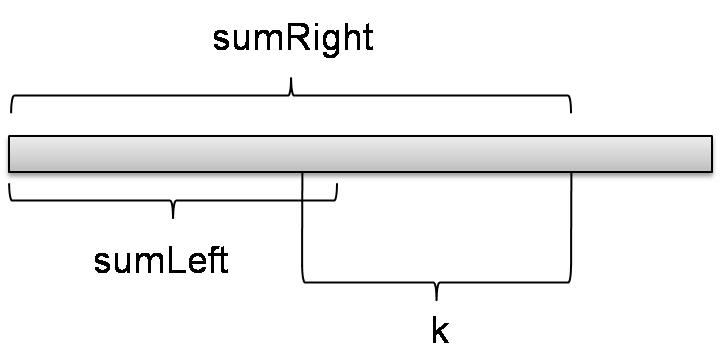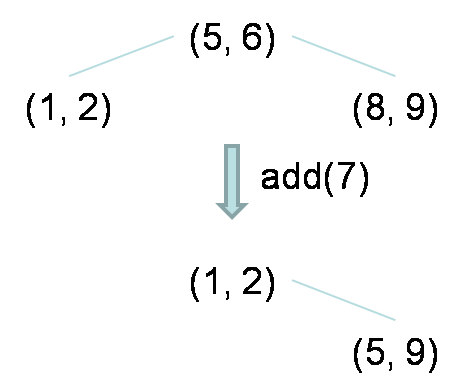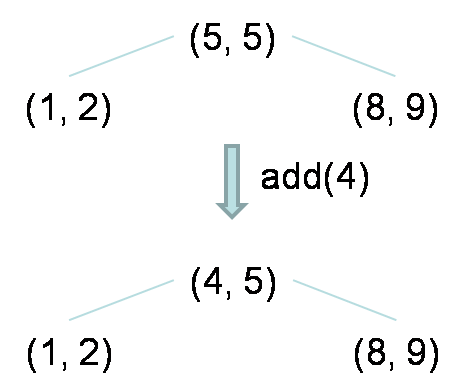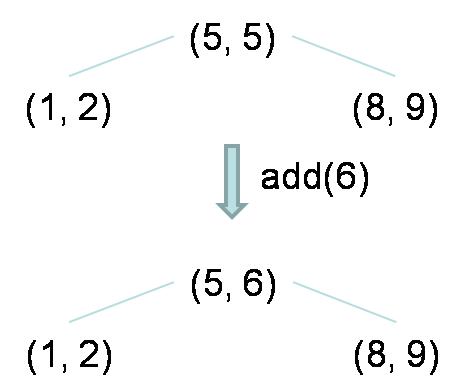leetcode 357.
Given a non-negative integer n, count all numbers with unique digits, x, where 0 ≤ x < 10n.
Example:
Given n = 2, return 91. (The answer should be the total numbers in the range of 0 ≤ x < 100, excluding [11,22,33,44,55,66,77,88,99])
Solution. This problem is a combination problem.
When n == 0, return 1. I got this answer from the test case.
When n == 1, _ can put 10 digit in the only position. [0, … , 10]. Answer is 10.
When n == 2, _ _ first digit has 9 choices [1, …, 9], second one has 9 choices excluding the already chosen one. So totally 9 * 9 = 81. answer should be 10 + 81 = 91
When n == 3, _ _ _ total choice is 9 * 9 * 8 = 684. answer is 10 + 81 + 648 = 739
When n == 4, _ _ _ _ total choice is 9 * 9 * 8 * 7.
…
When n == 10, _ _ _ _ _ _ _ _ _ _ total choice is 9 * 9 * 8 * 7 * 6 * 5 * 4 * 3 * 2 * 1
When n == 11, _ _ _ _ _ _ _ _ _ _ _ total choice is 9 * 9 * 8 * 7 * 6 * 5 * 4 * 3 * 2 * 1 * 0 = 0
Others are always 0.
Below is my code:
public static int countNumbersWithUniqueDigits(int n) {
if (n == 0) {
return 1;
}
int ans = 10, base = 9;
for (int i = 2; i <= n && i <= 10; i++) {
base = base * (9 - i + 2);
ans += base;
}
return ans;
}
Here is my code on github: link





